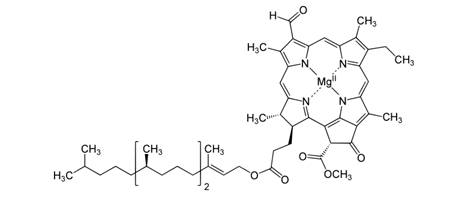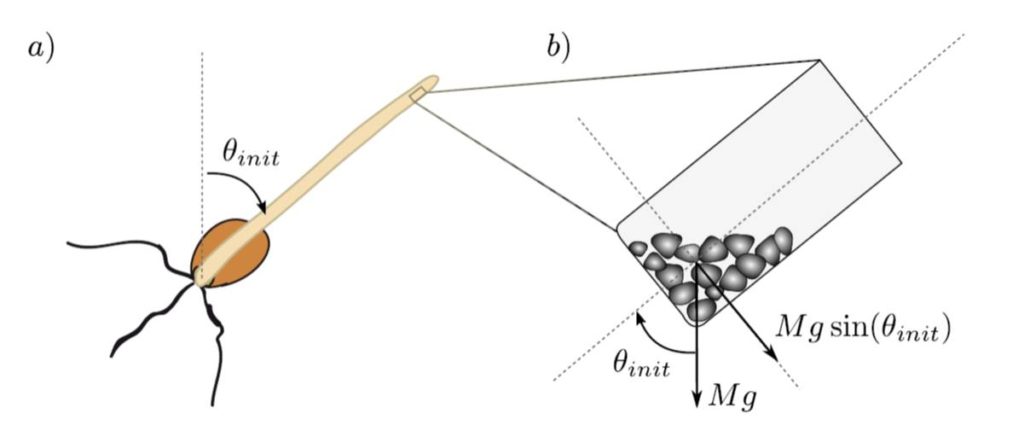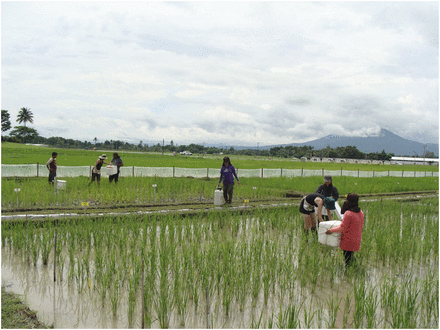
Photosynthetic machinery protection induced by UV-B in Chlamydomonas
Plant Science Research Weekly, Research0 Comments
/
Light is good, too much light is bad. Photosynthetic organisms can dissipate excess light through a variety of means including non-photochemical quenching. Czechowski et al. show that in Chlamydomonas perception of UV-B light via the nuclear/cytosolic receptor UVR8 induces accumulation of proteins that…

Reviews: Seed dormancy and germination ($)
Plant Science Research Weekly, ResearchA pair of reviews in J. Exp. Bot. covers aspects of seed dormancy and germination. Steinbrecher and Leubner-Metzger (10.1093/jxb/erw428) provide an excellent introduction to materials science including stress-strain curves and Young’s Modulus, which they then apply to an understanding of the biophysics…

A dephytylase involved in chlorophyll turnover
Plant Science Research Weekly, ResearchChlorophyll has an aliphatic phytol side chain that anchors it to light-harvesting complexes. During senescence, chlorophyll is degraded first by the enzymatic removal of Mg to produce pheophytin, which is dephytlated by pheophytinase. Through the identification of a mutant allele with elevated enzymatic…

Best of 2016: Top Topics in The Plant Cell journal
Blog, Research, Research Blog, The Plant CellWe’ve highlighted some of the Plant Cell papers that were widely shared, liked, blogged, retweeted and otherwise garnered high-levels of attention this year. Perhaps you can use some holiday-season quiet time to catch up on those you missed.
Reviews and Perspectives
Creating order from chaos: epigenome…

Best of 2016: Top Topics in Plant Physiology jounal
Blog, Research, Research Blog
We’ve highlighted some of the Plant Physiology papers that were widely shared, liked, blogged, retweeted and otherwise garnered high-levels of attention this year. Perhaps you can use some of that holiday-season quiet time to catch up on those you missed.
The breakaway attention-getter from Plant…

Inclination, not force, is detected in shoot gravitropism
Plant Science Research Weekly, ResearchPlant cells detect gravity as a consequence of the movement of dense starch granules called statoliths when the statoctyte, the cell that encompasses, them reorients. An open question has been whether the position of the statoliths within the statocyte or the force exerted by them is the primary gravisensing…

Molecular basis for plant growth responses in shade and under competition for light ($)
Plant Science Research Weekly, Research
The wavelenghts of light perceived by a plant are information-rich, and plants integrate information from photoreceptors tuned to different wavelenghts to optimize their growth and development. Because plants absorb red light but not far-red light, a low ratio of red to far-red light indicates vegetative…

Field of Genes: Uncovering EGRINs (Environmental Gene Regulatory Influence Networks) in Rice That Function during High-Temperature and Drought Stress
Research, The Plant Cell, The Plant Cell: In BriefIN BRIEF by Jennifer Lockhart [email protected]
Heat and drought stress greatly restrict crop productivity, but most of what we know about a plant’s response to these stresses comes from controlled laboratory studies. This factor, along with the complex nature of these responses, has hampered efforts…

